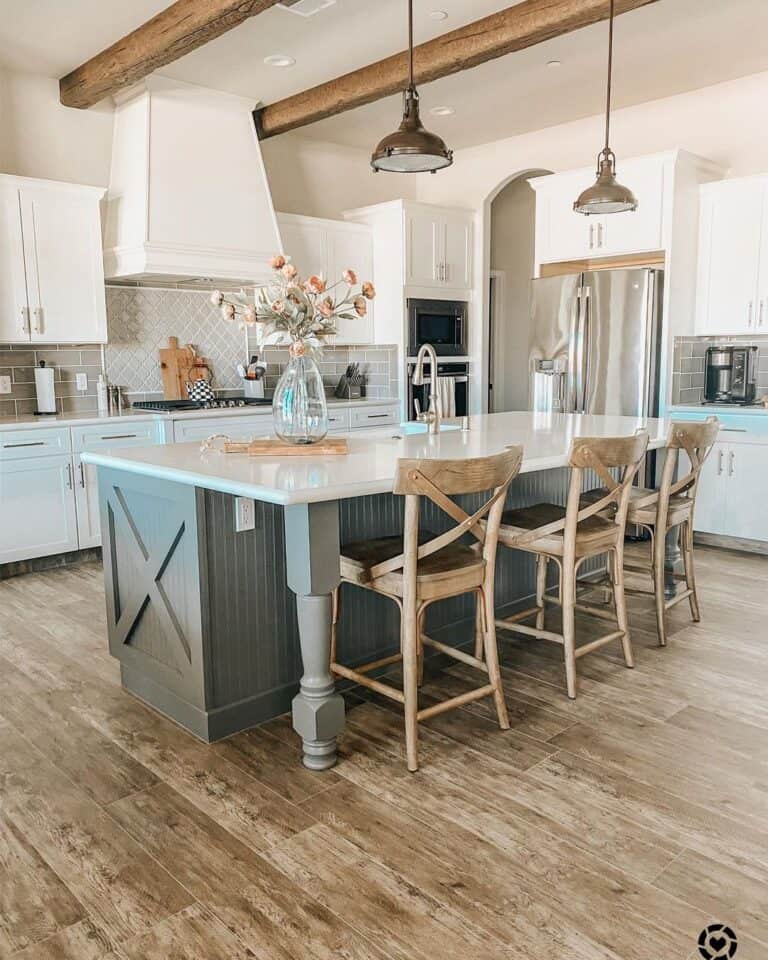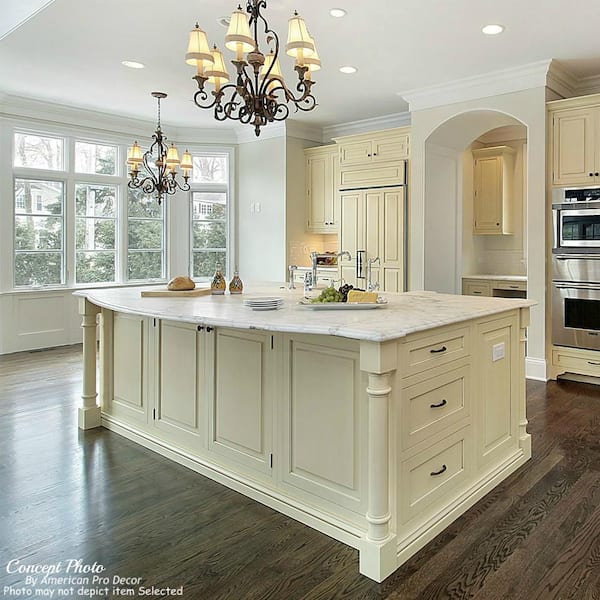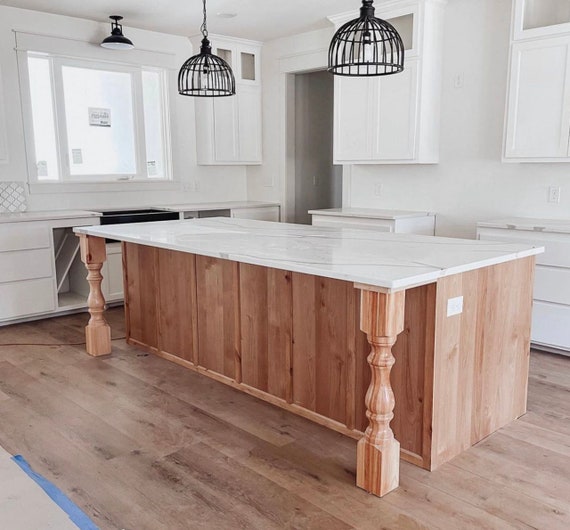Discover Modern and Classic Layouts in Legs For Kitchen Island Projects
Discover Modern and Classic Layouts in Legs For Kitchen Island Projects
Blog Article
Vital Variables to Think About When Choosing Legs For Kitchen Area Island
Choosing the appropriate legs for a kitchen area island entails a cautious analysis of multiple aspects that can significantly influence both capability and visual appeal. As we discover these elements, it ends up being clear that each choice can have far-ranging implications for the general cooking area experience.
Material Options
When choosing legs for a cooking area island, recognizing the various material choices is essential for achieving both aesthetic allure and architectural integrity (Legs For Kitchen Island). The choice of material substantially affects not just the resilience of the island yet also its general style and capability
Metal legs, often made from stainless steel or functioned iron, add a modern-day and commercial feeling while making sure toughness and stability. These materials are resistant to put on and can sustain considerable weight, making them optimal for larger islands.
Another alternative is crafted materials, like MDF or plywood, which can be more cost-efficient while still supplying an array of surfaces. However, they might not give the exact same level of security as strong wood or steel. Products such as acrylic or glass can produce a modern look, though they may need additional assistance to guarantee security.
Eventually, the selection of product for kitchen island legs need to align with the wanted performance and the total style of the kitchen.
Style and Layout

When thinking about design, the shape and surface of the legs are important. Conical legs can supply a feeling of lightness and beauty, while thicker, much more robust legs can convey strength and stability. In addition, the coating-- be it repainted, discolored, or natural-- ought to complement the cabinetry and countertop products to develop a unified look.
Furthermore, the design of the legs can also mirror individual taste. Custom or decorative legs, such as those including complex carvings or unique geometric forms, can work as centerpieces, adding personality and character to the cooking area. Inevitably, the ideal selection will certainly not just enhance functionality yet additionally raise the aesthetic allure, making the kitchen area island a standout feature of the home.
Elevation Considerations
Choosing the ideal height for kitchen island legs is critical, as it directly impacts both performance and comfort. The typical elevation for a kitchen island commonly ranges from 36 to 42 inches, straightening with typical countertop heights. A 36-inch elevation is suitable for food preparation and food preparation, allowing for comfy use kitchen area appliances and devices. Alternatively, a height of 42 inches is often liked for islands planned for bar seating, suiting taller stools and using a casual dining experience.

It is additionally necessary to represent users' choices and heights. Customizing the elevation can guarantee a comfy experience for all relative, making the kitchen area island a more useful and satisfying space.
Weight Assistance
Ensuring ample weight support for cooking area island legs is important for both safety and security and performance. The cooking area island typically offers several objectives, including food prep work, dining, and additional storage, demanding a robust assistance framework. When choosing legs, it is critical to consider the total weight capacity needed based upon the island's intended use and the products that will certainly be positioned on it.
The option of product for the legs plays a significant function in their weight-bearing capacities. Solid wood, steel, and sturdy composites typically supply superior strength compared to lighter products. In addition, the design of the legs-- whether they are straight, tapered, or have a pedestal type-- can affect their capacity to distribute weight efficiently across the framework.
In addition, the leg positioning should be tactically prepared to improve security. Legs placed at the edges or with a wider base can better support heavier tons. Always seek advice from the supplier's requirements concerning tons limitations to make sure that the legs can maintain the desired weight without endangering safety and security. In recap, picking cooking area island legs with ample weight assistance is crucial for developing a secure and useful cooking area.
Installment and Upkeep
Correct setup and upkeep of kitchen area island legs are critical for making sure longevity and security. This often includes securing the legs to the island base utilizing appropriate fasteners, making certain that the legs are level and lined up.
Once set up, normal maintenance is needed to maintain the integrity and look of the legs - Legs For Kitchen Island. For wood legs, periodic useful reference cleansing with a wet cloth and application of appropriate timber polish can stop dampness damage and preserve their surface. Steel legs may need a mild cleansing solution to eliminate oil and crud, followed by a dry fabric to avoid rust formation
Additionally, examine the legs on a regular basis for indicators of wear or damage, such as cracks or loose joints. Tightening screws or screws as needed can likewise prolong the life-span of the legs. By adhering to these installment and maintenance practices, home owners can ensure that their kitchen island stays tough and visually appealing for years ahead.
Conclusion

Aesthetic comprehensibility is extremely important in picking the style and design of legs for a kitchen island, as these aspects considerably affect the total setting of the room. Conical legs can provide a feeling of lightness and elegance, while thicker, much more robust legs can convey strength and stability.Choosing the suitable height for kitchen island legs is important, as it directly affects both performance and comfort. In summary, selecting kitchen island legs with adequate weight assistance is essential for developing a secure and useful cooking area.
In conclusion, selecting legs for a kitchen island demands mindful factor to consider of different elements, including material alternatives, style, height, weight assistance, and installment.
Report this page